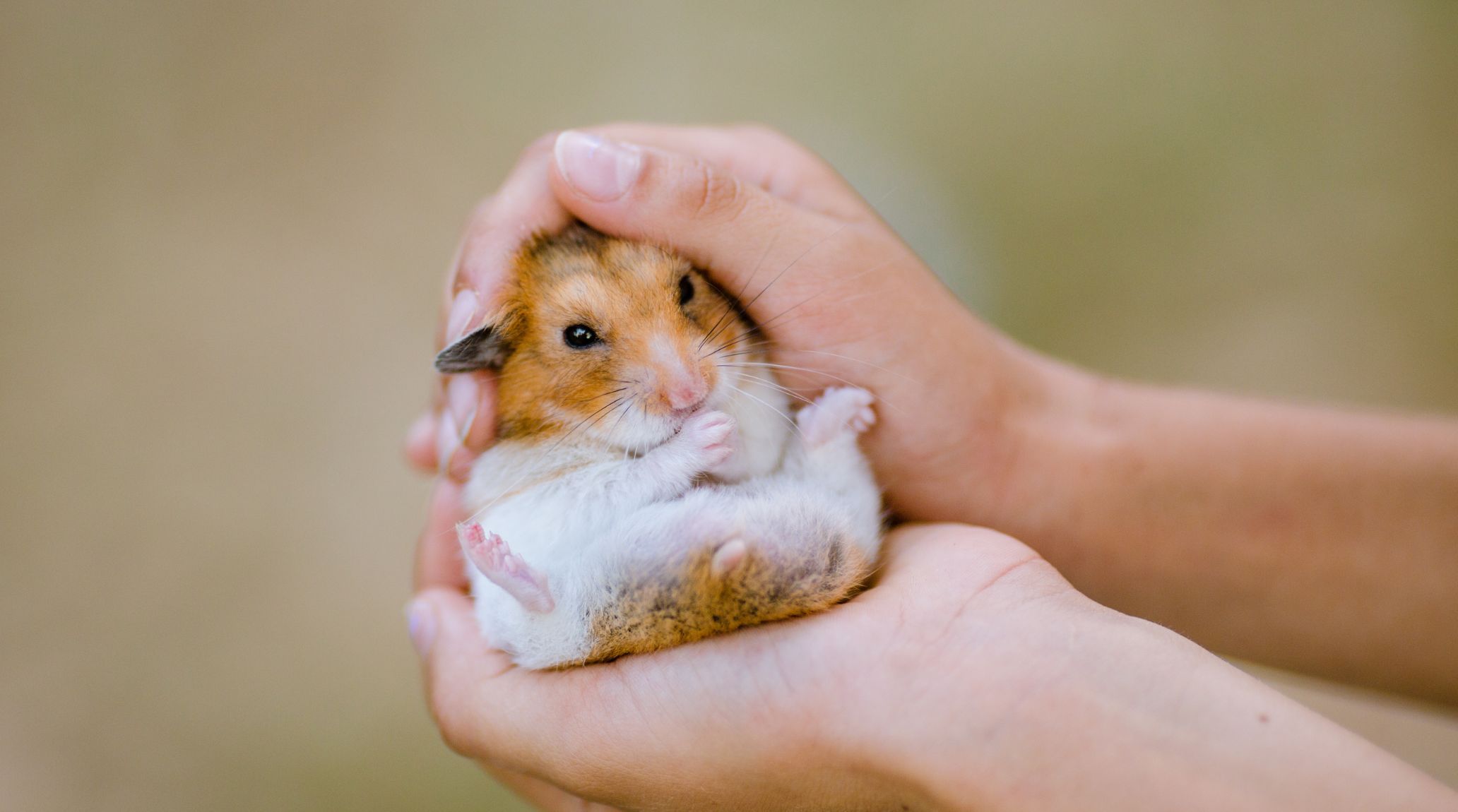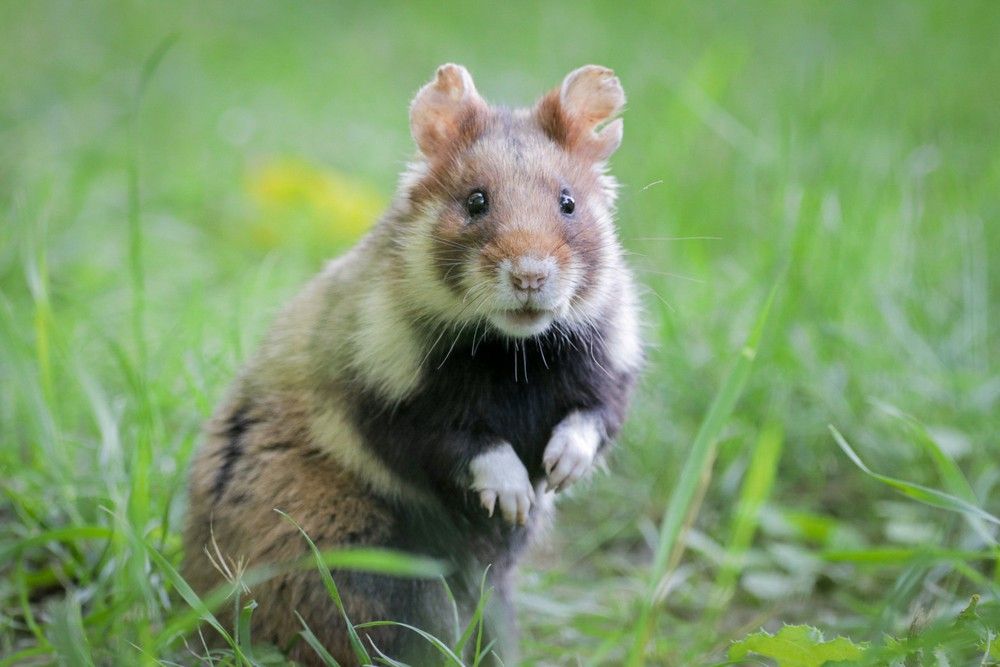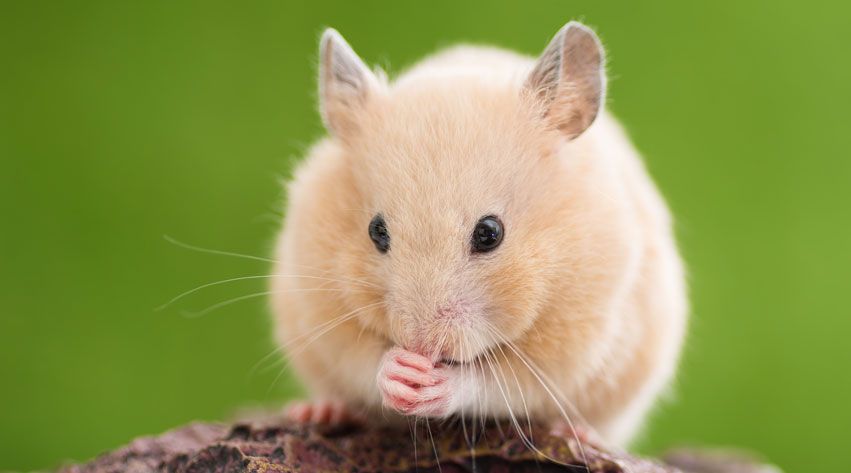
“
In this blog post, we'll delve into 20 interesting facts about hamsters, shedding light on their instincts, habits, and why they make such wonderful companions. Whether you're a seasoned hamster owner or considering bringing one into your home, join us as we uncover the secrets of these furry friends.1
1
1
”
Hamsters are nocturnal creatures, meaning they are most active during the night. This behavior allows them to avoid predators and conserve energy during the day, making them well-adapted to their environments. 1

One of the most unique features of hamsters is their cheek pouches. These expandable pouches can extend all the way to their shoulders, allowing them to store food for later consumption and transport it to their burrows.
Hamsters are banned in Hawaii due to their high reproductive rates and the state's climate, which resembles their natural habitat. If they escaped into the wild, they could quickly form large colonies, threatening agriculture and native species.2
Syrian hamsters prefer solitude and typically do not enjoy the company of other hamsters. They are territorial animals, often becoming aggressive if housed with others, making them best suited for solitary living environments. 3
Female hamsters have a short gestation period of around 16-18 days. They can give birth to a litter of pups multiple times a year, making them prolific breeders under the right conditions in captivity.4
Hamsters have teeth that continuously grow throughout their lives. To prevent their teeth from becoming overgrown, they need to gnaw on hard materials like wooden chew toys or mineral blocks to maintain dental health. 5

In the wild, hamsters primarily eat seeds, fruits, and vegetation. In captivity, a balanced diet includes high-quality pellets, fresh vegetables, and occasional treats like fruits and nuts for optimal health.
While hamsters have poor eyesight, they compensate with a keen sense of smell and hearing. They use scent marking to communicate with other hamsters and navigate their environment effectively. 6
The oldest hamster ever lived was 4.5 years old, owned by Karen Smeaton from Tyne & Wear, UK. Typically, hamsters have a lifespan of 18 to 24 months, making this record-holding hamster significantly older than the average. 7
The average lifespan of a domestic hamster ranges from 2 to 3 years. Some can live longer with proper care and genetics playing a significant role in their longevity, offering companionship for several years. 8

The largest hamster species is the European or common hamster (Cricetus cricetus). It can grow up to 34 cm in head-and-body length, with an additional tail length of up to 6 cm, totaling a length of up to 40 cm.
There are over 20 species of hamster. These species vary in size, coloration, and behavior, with some thriving in deserts while others prefer grasslands or forests. Their unique traits help them survive and thrive in their specific habitats. 9
Hamsters may eat their own babies, typically due to stress, overcrowding, or perceived weakness. However, this behavior is not common and can be reduced with proper care and a stress-free environment. 10
Hamsters prefer to sleep in enclosed spaces, such as small, cozy nests or tunnels. These confined areas provide them with a sense of security and comfort, mimicking their natural burrowing instincts. 11
Hamsters are sensitive to temperature extremes and should be kept in a cool, well-ventilated environment. They are prone to heatstroke and prefer temperatures between 65-75°F (18-24°C) for optimal health. 12

The Syrian or Golden hamster (Mesocricetus auratus) was the first and most well-known species of hamster to be domesticated. It gained popularity as a pet in the early 20th century and remains one of the most popular pet rodents worldwide.
In captivity, hamsters benefit from ample opportunities for exercise. A solid-surface exercise wheel is essential for their physical and mental well-being, allowing them to run several miles each night. 13
Hamsters use scent glands located on their flanks to mark their territory and communicate with other hamsters. They also use scent trails to navigate familiar paths in their environment efficiently. 14
Hamsters are intelligent creatures capable of learning and recognizing their owners. With patience and positive reinforcement, they can be trained to perform simple tricks and respond to their names, adding to their charm as pets. 15
The world’s rarest hamster species is the ironically named common hamster (Cricetus cricetus). Once widespread from France and Belgium to the Altai Mountains and Yenisey River in Asian Russia. 16


